|
About a year ago, I picked up a Skywatcher 100ED: a "slow" (F/9) 100mm refractor. I haven't written much this year, but wow: suffice it to say, I rarely use any other telescope (and when I do, I come away disappointed). The refractor cools down quickly, throws up wonderful views, and most importantly: never gives less than optimal performance. The only drawback is the length of the tube, which makes it harder to transport and heavier to mount. This past spring, I was lucky enough to design and teach a dream course: "Mars and the Moon in science, science fiction, and society." I asked my students to join me one night to look at the moon through three telescopes: my 100ED, my older AR 102, and a colleague's beautiful, homemade reflector. Students were to find a feature on the Moon and then write about its history: not only how it was created by natural forces, but how it's been perceived, explored, and imagined by people. The night was a smash hit: lots of amazed expressions, and later, plenty of great essays. Of the three telescopes, the AR 102 was clearly a notch below - and its focuser gave us plenty of problems. This summer, Mars reached a very favorable opposition, not long after I wrote about it for the book I'm working on. When I lugged out my C8 to have a look - at around 4 AM! - it instantly (and I mean instantly) fogged over. There is nothing worse than waking up early, walking with 40 pounds for 15 minutes . . . and then having to turn right back immediately after setting up your telescope. From then on, it was all refractor, all the time. Using the 100ED, Mars typically looked like an angry orange ball, shimmering and sometimes boiling near the horizon. Yet now and then I caught fleeting and often uncertain glimpses of what I supposed to be the planet's famed dark streaks and splashes, including - I thought - Syrtis Major. I might even have made out a polar ice cap. My goal for the summer had been to see these sights with no ambiguity at all, so I came away a little disappointed. Mars is hard when it's so near the horizon. Maybe the view will be clearer in 2020 . . . and maybe I'll have even better gear then. One thing is certain: the 100ED is a wonderful lunar telescope. Things never looked so sharp through the C8, nor did the hues include such subtle gradations of grey. I've also never seen Saturn look as good as it did through the 100ED. The Cassini Division neatly divided the rings, and the color was a wonderful, very pale shade of yellow. Glorious. After one night of rooftop observing, I saw something I didn't expect: a brilliant green meteor - or meteorite? - flaming through the sky. Given that we live in Washington, DC - and given the present state of geopolitics - I was momentarily alarmed. But what a sight! Come winter, I wanted to try my hand at something that never really interested me before: multiple star systems. The prospect of seeing a couple stars next to each other never really did it for me, but then few deep space objects are easier to observe from the city. My primary target was Gamma Andromedae, also known as Almach, an apparent double (we now know it's a triple) star system with wonderfully contrasting colors. With Almach riding high in the sky, I had a look one frigid evening. Immediately, I got it: there was something about seeing two incredibly different stars next to each other that's just so beautiful, especially through a refractor. And it sparks the imagination to think about the view from an orbiting planet. Lately, my two-year-old daughter has become ever more interested in astronomy. She loves looking at planets and galaxies in the books I have lying around, she's learned the phases of the Moon, and she's decided on a favorite planet: Jupiter. She's even insisted on having a picture of Jupiter on her bedroom wall! Maybe, in a year or two, we'll have a chance to look through a telescope together.
1 Comment
After ogling the Orion Nebula in my new observing site on January 7, I got a little overzealous and made the mistake of returning with my AR 102 just after a rainstorm, on a humid night that soon clouded over. Hunched over in the mud, I could barely make out anything, and I soon enjoyed the company of a big, barking dog. Someone turned on some really bright spotlights at Sidwell Friends School that I can't remember seeing last time, so observing any deep space objects was out of the question. All in all: a disappointment. On a partly cloudy night roughly a week later, I stepped out with my 15x70 binoculars and returned to the park. The lights were on again, but I found a dark shadow under hill that shielded me from the glare. I reclined on the hill and had ethereally beautiful view of the Pleiades and Hyades open clusters, which are now too near zenith to be easy targets for my refractor. Of the two, the Hyades cluster impressed me more, both because I know it's relatively near Earth (just a 150 light year trip!), and because bright, crimson Aldebaran contrasted strikingly with the surrounding stars. Over a week went by before the sky cleared again. Tonight, on February 7, I ventured out with my AR 102 to catch a glimpse of the Moon, Venus, and Mars. It was windier than I expected so the seeing was quite poor, and it again so cold that my hands quickly turned into claws. Nevertheless, the waxing crescent Moon was striking even at 20x. I tried to take a picture using my iPhone and a little gadget I picked up that fastened the phone to my eyepiece. However, the results were disappointing, and I found it hard to keep the phone positioned over the eyepiece. Money poorly spent, it seems. Before long, I wheeled my telescope from the Moon to Venus, which was beginning to approach the western horizon. Venus is nearing inferior conjunction, which means that it's getting close to the Earth. It is, therefore, both extremely bright and fairly big through the eyepiece. I have always found Venus disappointing, since uniformly bright clouds shroud the planet and prevent visual observers from seeing much more than a featureless crescent. This time, I could make out that crescent just fine at 132x, but it bobbed and flickered in the turbulent atmosphere, and chromatic aberration surrounded it with a purple halo. Not the best view. Mars was little better: it's now so far from Earth that it's just about impossible to see any surface features using my little refractor.
Yes, the seeing was poor, but I wondered whether my optics were also a little soft. It seemed hard to focus the telescope. I turned to a really bright star - the white giant Sirius - and decided that the view was, indeed, a little fuzzy. I from my old eyepieces to a brand new, variable magnification eyepiece and suddenly noticed that the view was a bit sharper. Maybe I'll have to clean those older eyepieces. My hands were about to freeze off, so I turned to give the Moon a last look before packing it in. Using the variable magnification eyepiece at 83x, the view was just spectacular. In fleeting moments of good seeing, the mountains on the crater rims suddenly popped out in razor sharp detail. It felt like I was tumbling down towards them from an unimaginable height. With my telescope and eyepiece cooled down, I could make out no chromatic aberration at all. All in all, two satisfying observing nights and one disappointment. Urban observing isn't easy, and with my telescopes it's all but pointless for most deep space objects. Still, it's hard to describe the magic of those stunning views of the Moon, or the standout Winter star clusters. I received my Twilight I mount yesterday, and my 4-inch, AR 102 refractor arrived a few days earlier. It snowed in the afternoon, but cleared up around sunset. At the same time, I scouted a new observing site, in the park just east of Sidwell Friends School. Bright lights from the school illuminate part of the park, but it's better than my usual observing site. Despite the bitter cold, I decided to pack my telescope and give it a go.
By the time I arrived at the park, it was only a few minutes to 9:00 PM. Mars and especially Venus were low on the horizon, glittering behind a tangle of trees. I spotted Mars through my finderscope, but I'm not sure if I ever had it in my telescope's field of view. It's awfully far from Earth right now and its apparent size to observers from Earth is tiny (just over 5 arc seconds). I used a 15 mm eyepiece, so the magnification through my telescope (which has a focal length of 663 mm) was only around 44x. Barely enough to make out a disk. The half moon was high in the sky - almost at zenith! - and of course it was a much easier target. I could now fiddle with the finderscope to align it with my telescope. I used a 33 mm eyepiece, so my magnification barely reached 21x. I could comfortably fit the whole moon into my view. It was almost painfully brilliant, but utterly breathtaking. The detail was incredible, and I could scarcely make out any chromatic abberation (an optical distortion common to achromatic refractors). By now, my telescope had cooled down to match the temperature of the air, so the image was crisp. It struck me that the optical quality of the telescope seemed higher than that of any other telescope I've used before. It's not a long list, but still: I was impressed. Orion was high in the sky, too, so I trained my telesope on my real target in tonight's skygazing: the Orion Nebula. At 44x, I could easily make out the Trapezium Cluster: four enormous stars at the heart of the nebula that may be moving around a huge black hole. The stars were glittering pinpoints. I could see obvious nebulosity, too, but there wasn't much detail amid the glare of the moon and the city lights. I screwed an Orion ultrablock narrowband filter into my eyepiece and had another look. The filter only lets in light that shines at the wavelengths of emission nebulae, such as the Orion Nebula. This time, the Trapezium was harder to discern. Yet by using averted vision - by using my peripheral vision, and thereby activating the light-sensitve rods in my eyes - I clearly made out two wings of boiling green gas. It was breathtaking. For a moment, I forgot how cold I was. Lastly, I added a barlow lens (doubling my magnification), screwed in a yellow filter, and turned back to the moon. At 88x, the detail on the lunar surface was spellbinding. I nearly lost myself tracing subtle shadings in the lunar "seas." Yet when the Northwest breeze picked up and the windchill dipped to -15°C, I realized it was time to go. With numb and borderline frostbitten fingers, I packed up my icy telescope. All in all, a great (but frigid) observing session. The AR 102 impressed me, as it has many other amateur astronomers. The telescope cooled quickly and afforded some remarkably crisp views that were a definite step up over my similarly-sized Celestron (which I'll now move to Winnipeg, where I often stay over the summer). The mount, focuser, and diagonal were also all superb. The straight through finderscope is predictably hard to use, however. It looks great, but I'll probably replace it either with a red dot or right angle correct image finder. Still, not a big deal. I also used a nebula filter for the first time, and enjoyed learning about its advantages and limitations. Moreover, I used averted vision more effectively than I ever have before. The yellow filter was a first for me, too. It helped me pick out some fresh details on the moon, but the false color was a little distracting. Perhaps I'll use a dedicated lunar filter next time. And most importantly: I observed a deep space object (DSO) from a big city for the first time. The didn't measure up to what I've seen with a similarly-sized telescope (a 6-inch reflector) in the countryside, but still: I was blown away by what I could make out. One thing I'll definitely need: a foldable camping chair or stool. Kneeling in the snow doesn't cut it. |
Archives
March 2024
Categories
All
|

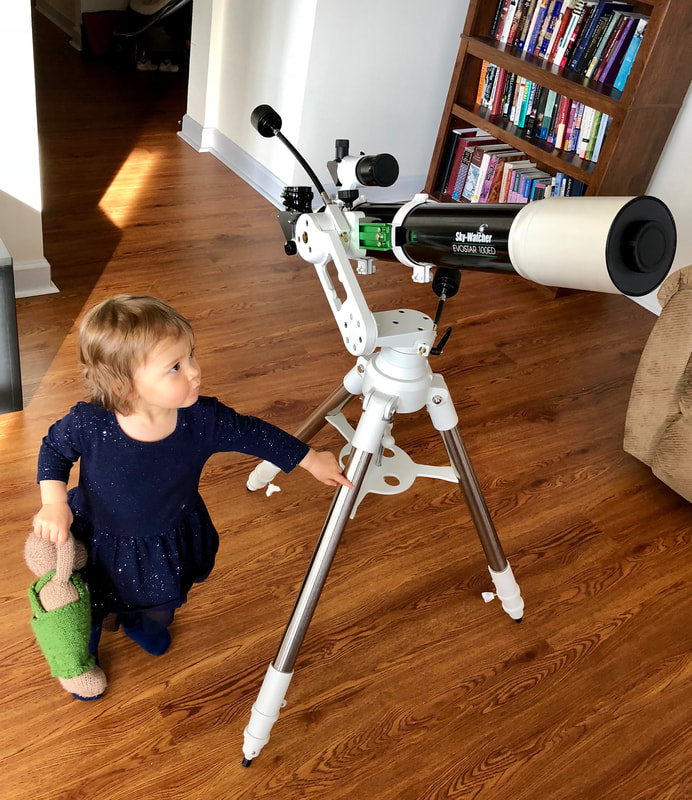
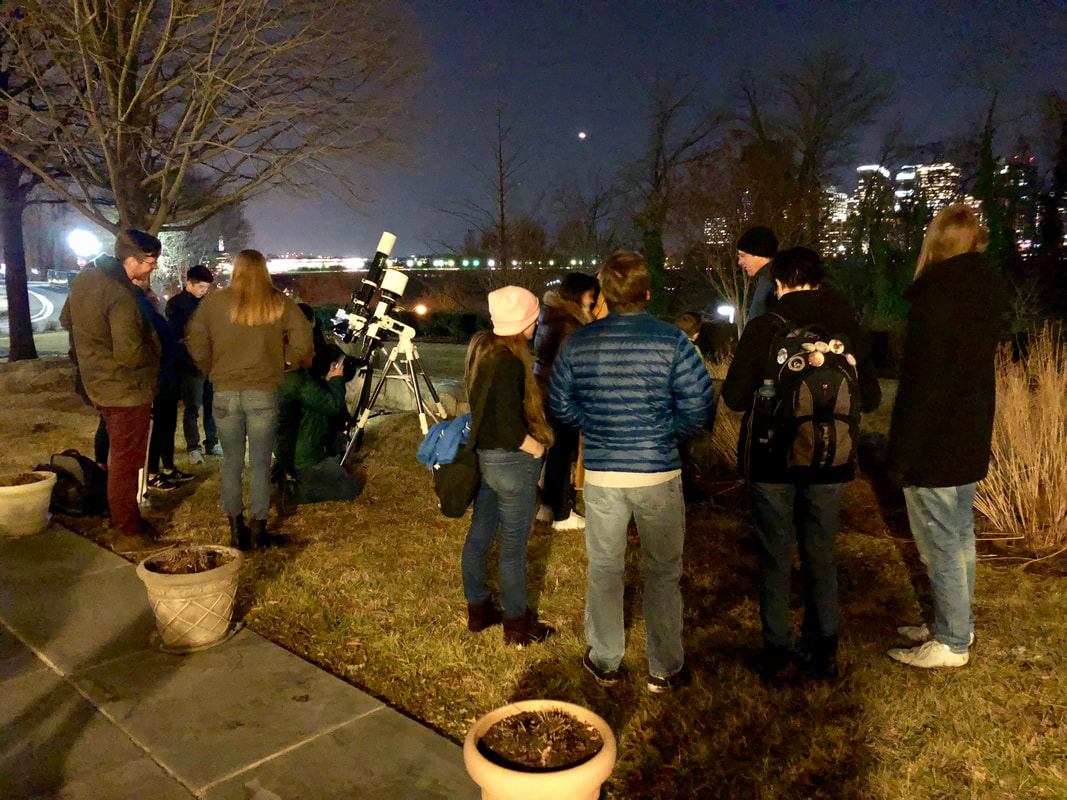
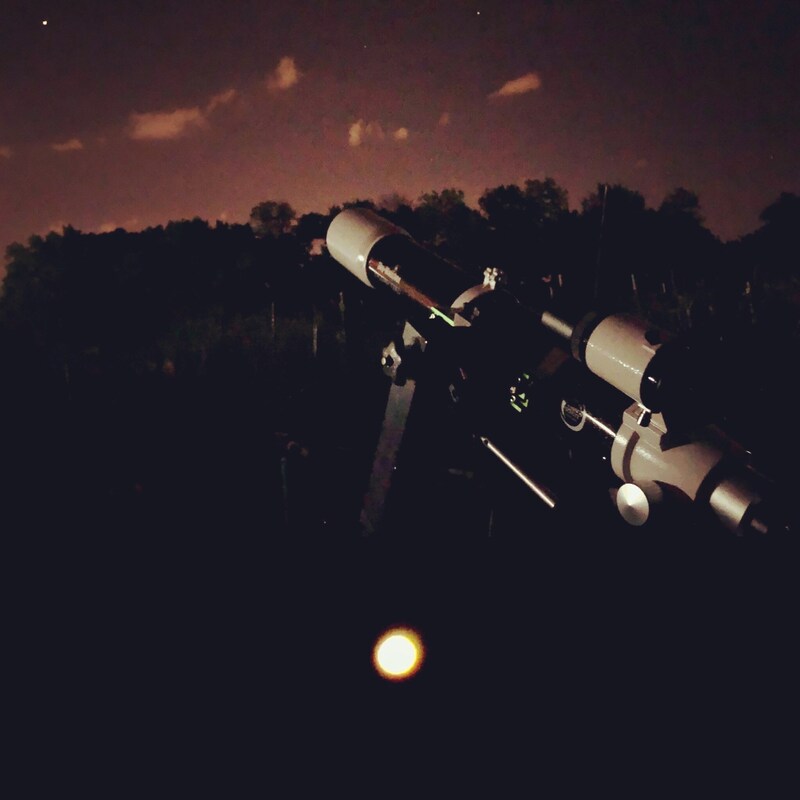
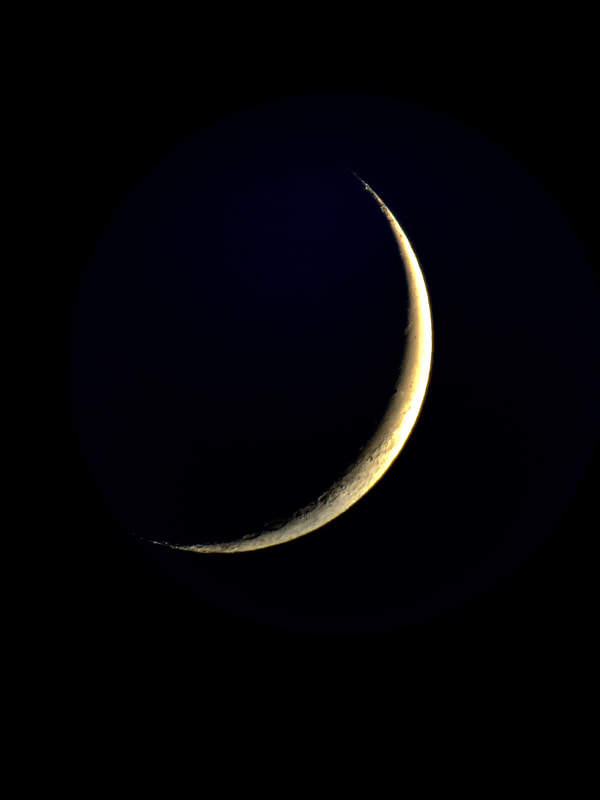
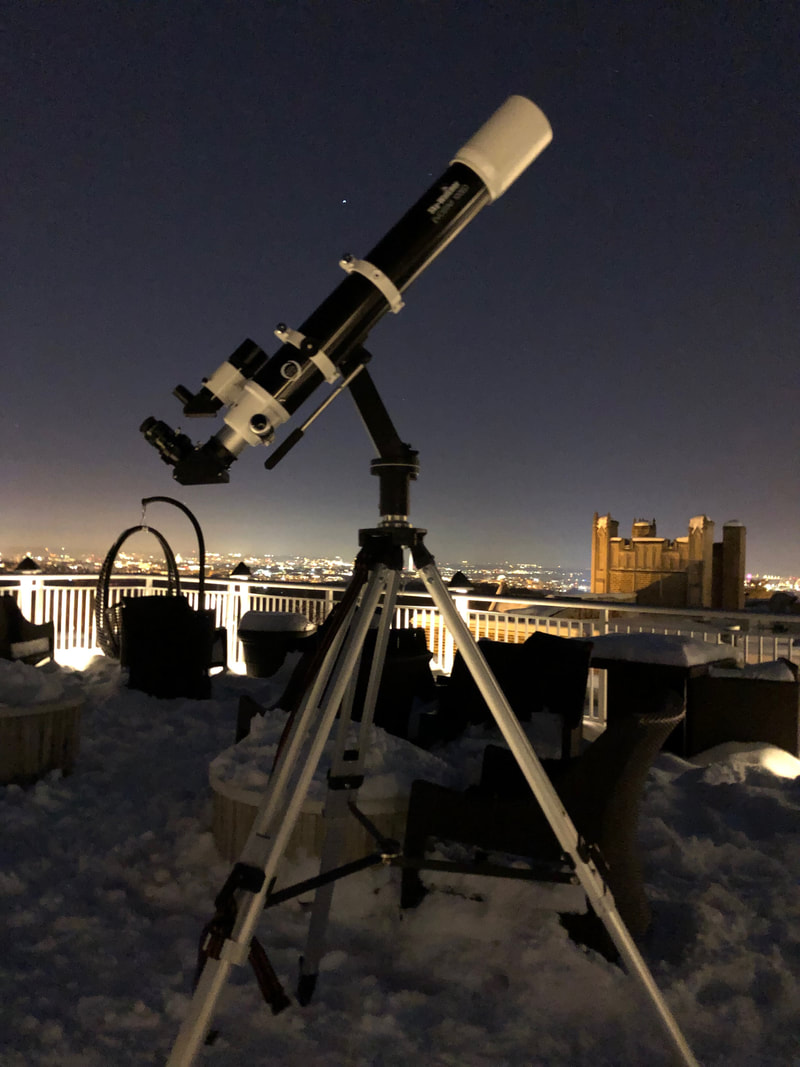

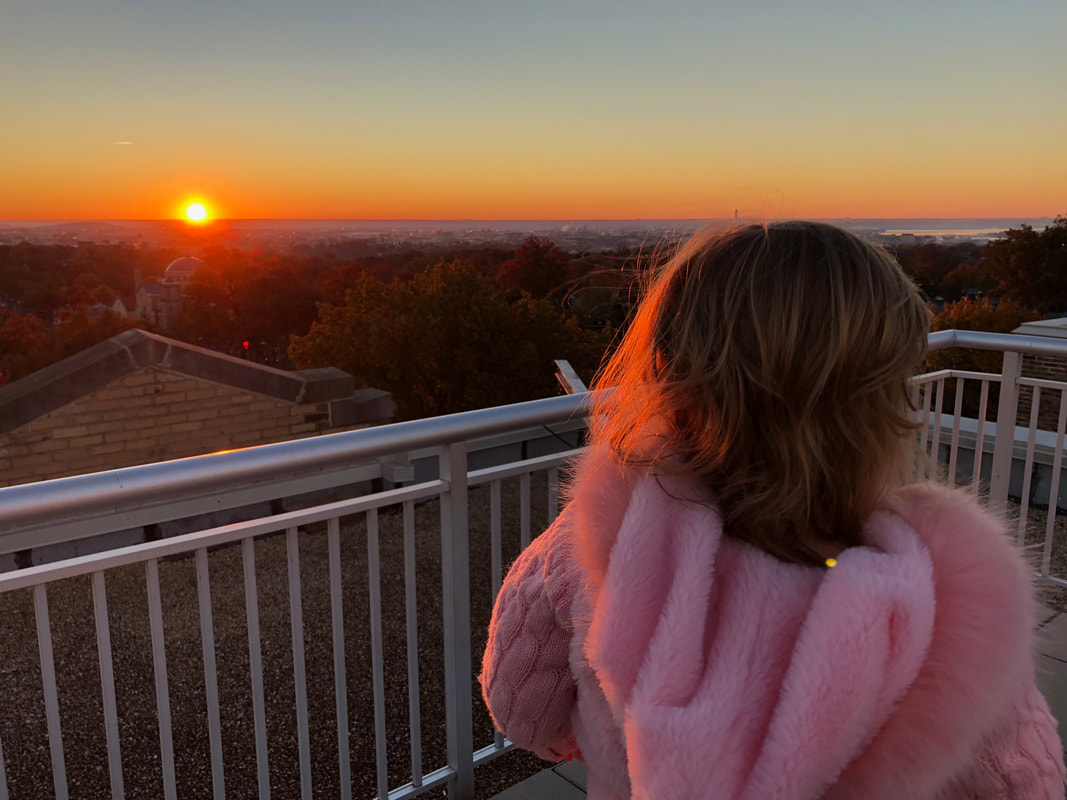
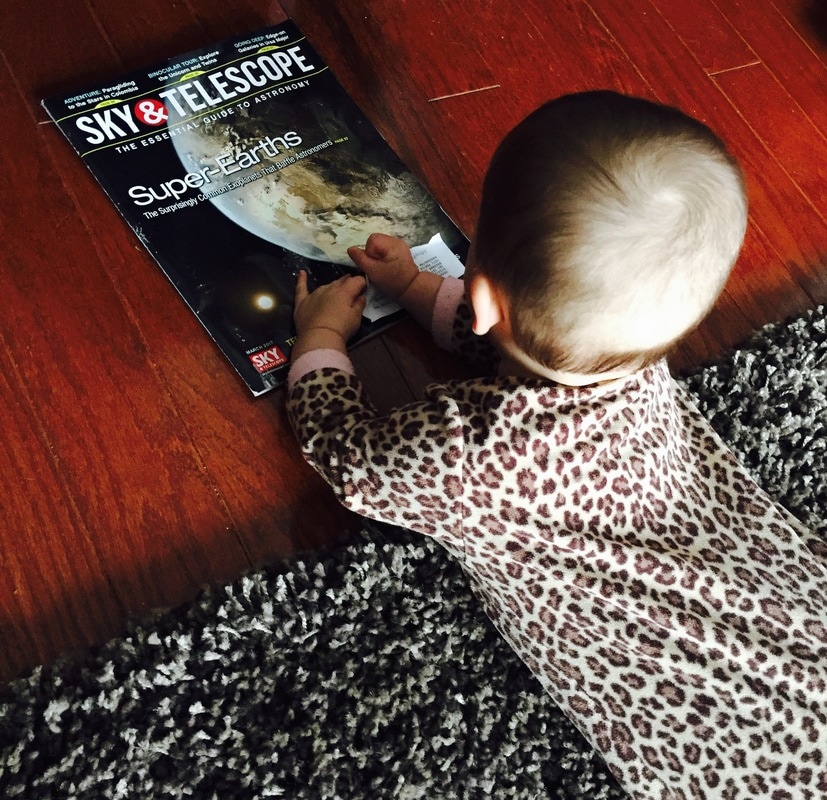
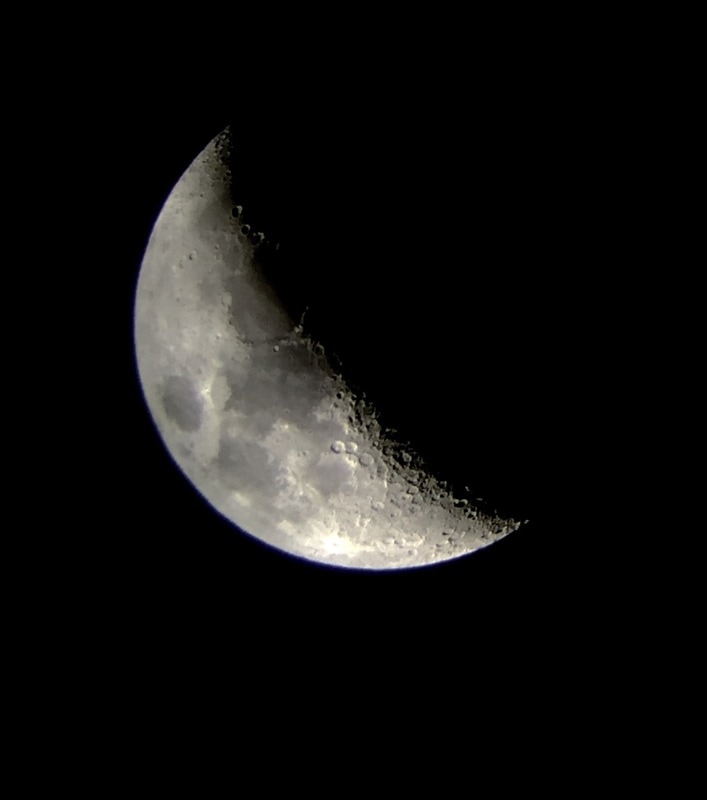
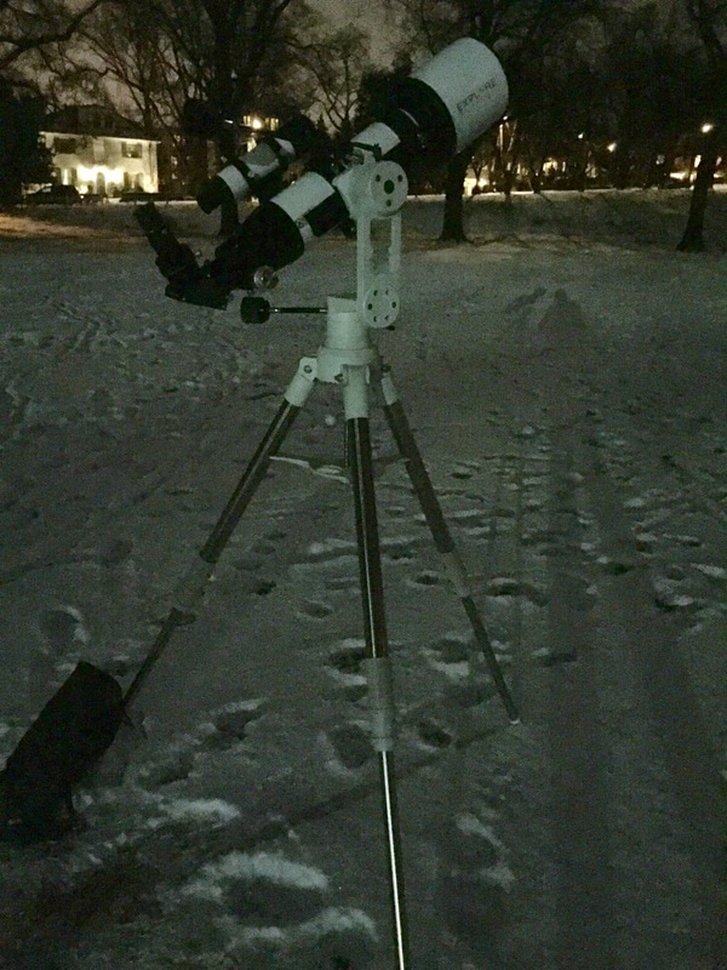

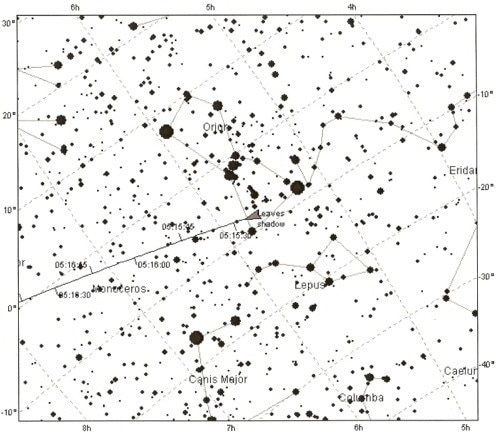
 RSS Feed
RSS Feed